No Warning, Advisory or Watch is in effect for Puerto Rico and the Virgin Islands.

No Warning, Advisory or Watch is in effect for Puerto Rico and the Virgin Islands.


Figure 1. Develop earthquake awareness. Image from PRSN
When talking about earthquake awareness, we’re referring that wherever we go, we think about where and how to protect ourselves in the event of an earthquake. Earthquakes are unpredictable natural events, reason to be prepared and alert at all times. Therefore, what can we do now?
A good emergency response plan consists of a series of tasks and elements, that must be revised periodically. It should include for what type of disaster do we want to be prepared for, ways of protection, communication, responsibilities and considerations of the people in said plan, an evaluation of the surroundings and an inventory of emergency supplies. It is important to dedicate time and attention to learning basic concepts of these natural events, especially its secondary effects (for example, tsunamis or landslides). In continuation, a list of suggestions of things that you could include in your response plan.

Figure 2. Prepare an emergency plan. Image from PRSN
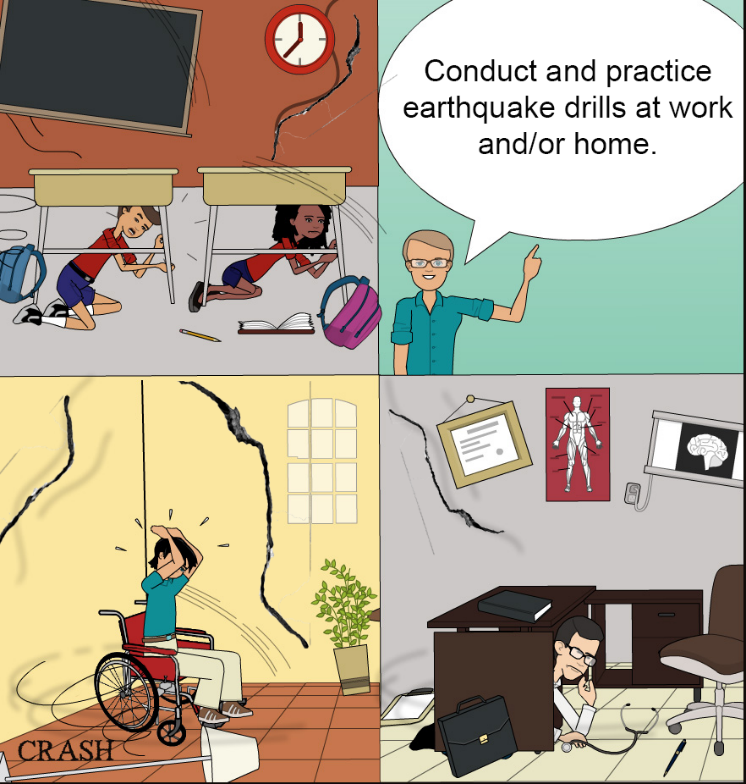
Figure 3. Illustration of practice drills. Image from PRSN
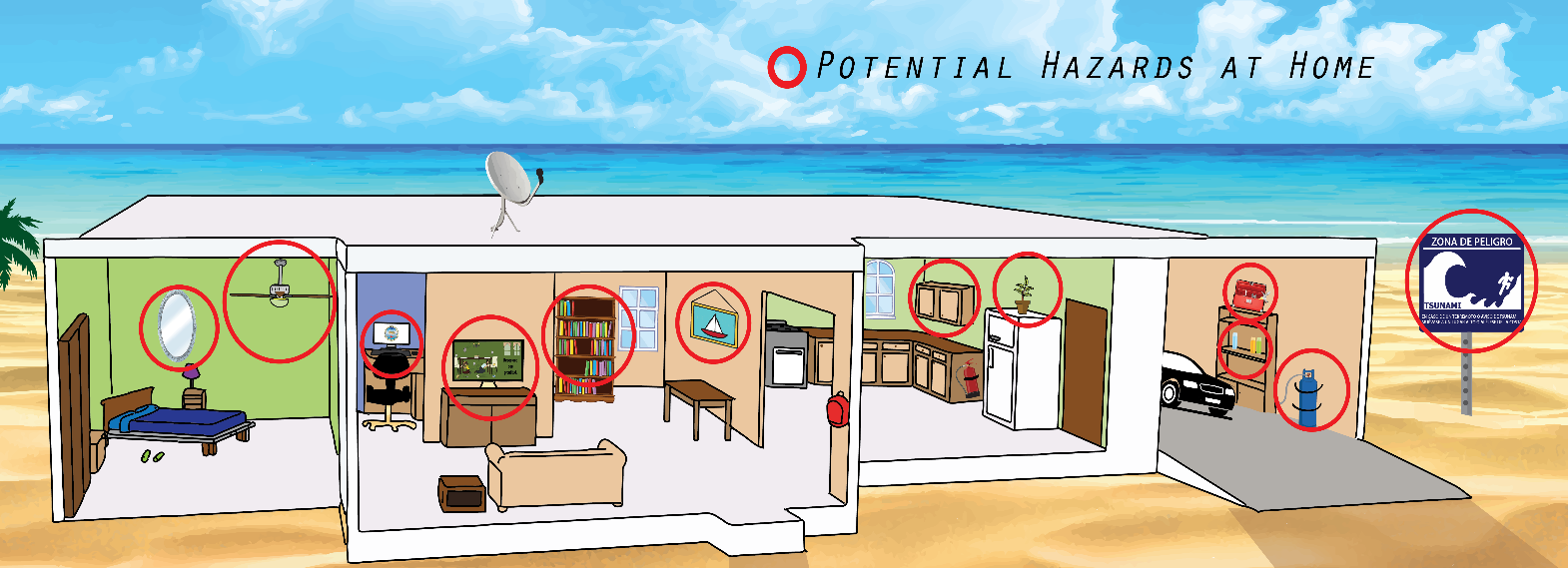
Figure 4. Illustration of practice drills. Image from PRSN

Figure 5. Prepare your home for an earthquake. Image from PRSN
Bedridden people and people with other impediments have options to protect themselves. During an earthquake it is recommended to cover bedridden people with pillows or other soft objects.
Members included in an emergency plan could be: family members, a team of employees, a group of students with their teacher, or a group of people in an organization. It is important to discuss how to prepare and act in an emergency. It is also important to assign responsibilities between the group members. The people involved in the emergency plan should know how to evacuate the building, the food supply available, a meeting place (if necessary), how to help other members with special needs and potential problems and how to mitigate them (Ex. Water, electricity or gas systems). Have on hand a list of important items that are necessary such as medication, food and medical equipment.
In order to prepare for an earthquake (whether in our home or work area, among other places) it is important to recognize which areas are safe and which may be vulnerable to damage.
<✓ Under a resistant object: Objects like tables (not made of glass), desks, and even chairs may save your life. Virtually any piece of sturdy furniture in where to drop, cover and hold will serve useful. The importance of this practice lies in finding protection from objects that may fall on the ground during a tremor. If you cannot cover yourself under a piece of furniture large enough to cover your entire body, at least protect your head and neck. In case of people with any physical condition that make it difficult to move, it is advisable to place an object nearby so they may use to protect their head, such as a cushion. If the person is bedridden it is advisable not to place objects in the room that may give way and fall on top.
✓ Structure corners: Basically, these place are reinforced by columns or beams as the case may be. In the midst of a tremor, you can bend over and cover your head and neck with your arms.
✓ Narrow spaces: Restricted spaces such as hallways or small rooms can also be of great help. However, you should consider the construction of the structure and if loose objects could fall. Remember to protect at least your head and neck
✓ Others considerations: During an earthquake, avoid hazardous places like, for example: glass windows, glass doors or showcases, stairs, bookshelves or shelves without securing, standing under hanging objects, near volatile materials or explosives, electrical cables and under door frames, among others. If you are in a building, do not use the elevators (the electric services may be affected). On the other hand, you can make your environment a safer one. It is advisable to anchor heavy furniture to the walls (eg cabinets, bookshelves, etc.) and to attach frames and other objects to the walls and shelves, as applicable, and place heavy objects at low height You can also make sure to keep the spaces clear of obstacles (doors and corridors) in order to allow easy access. If you have portable emergency supplies (eg backpack), you can place them near the exits of the structure, which should also be clear of obstacles. Finally, it would be useful to draw a map of the structure, detailing evacuation routes to the nearest exits.
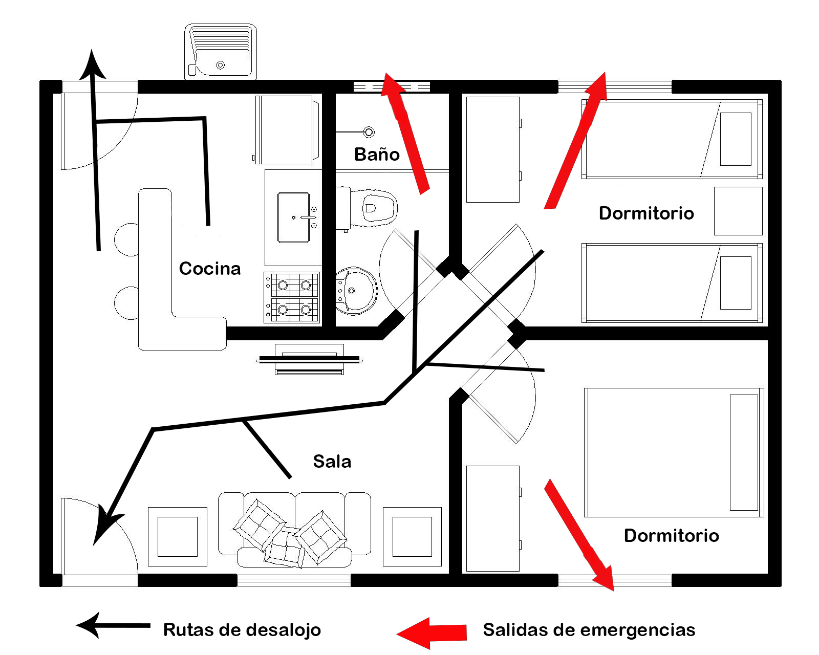
Figure 6. Sketch of house with evacuation routes
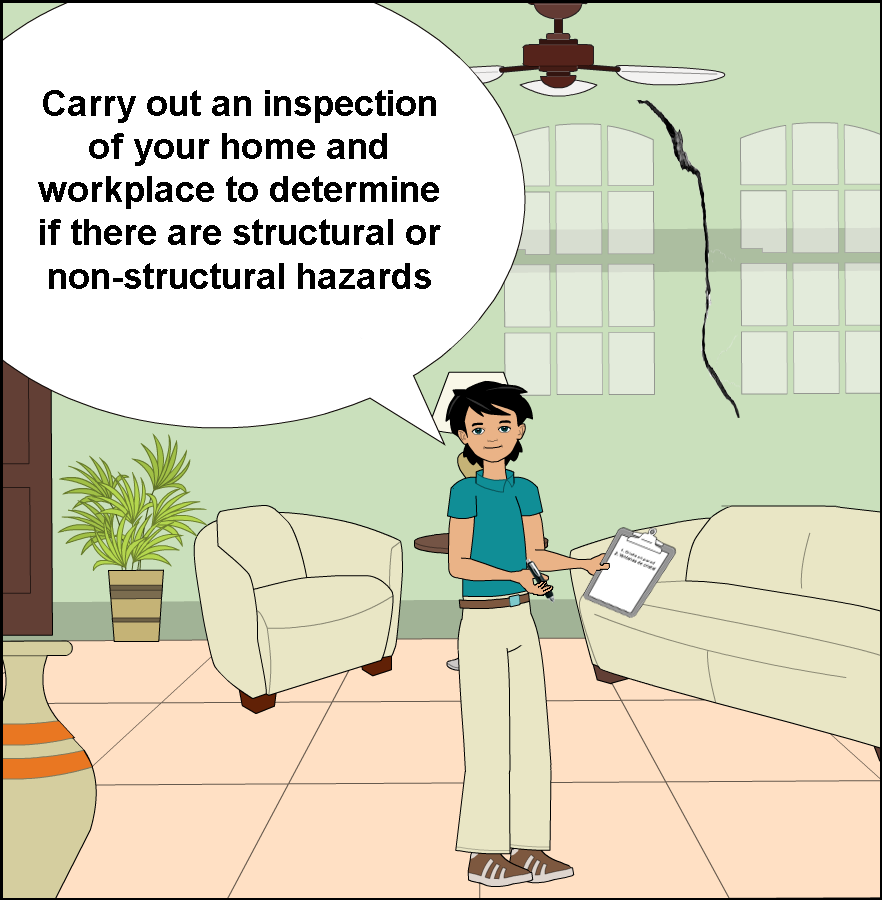
Figure 7. Illustration of hazard inspection. Image by PRSN
The safety backpack must contain essential items, according to the individual’s specifications (for example, medications for specific conditions.) It is recommended to have a backpack in a visible place in the house (preferably near the exit door), one in the car and another in your workplace. You may also prepare a backpack with wheels if the person has problems carrying it. Remember that the majority of the products in the backpack are perishables that must be checked periodically.
Don't forget to modify the backpack to the needs of every individual or familiar. Take into consideration children, elderly, or incapacitated people. For example, if an elderly that uses a cane and eyeglasses lives in my residence, then I can include a folding cane and replacement eyeglasses. In the same way I can prepare an area in in my home where I can put useful things in case of emergency such as: camping tent, blankets, towels, more food and water supply, among others. The backpack should be light, including only essential items.
| PRSN Drills |
|
|---|

Figure 8. Illustration of the safety backpack. Image from PRSN
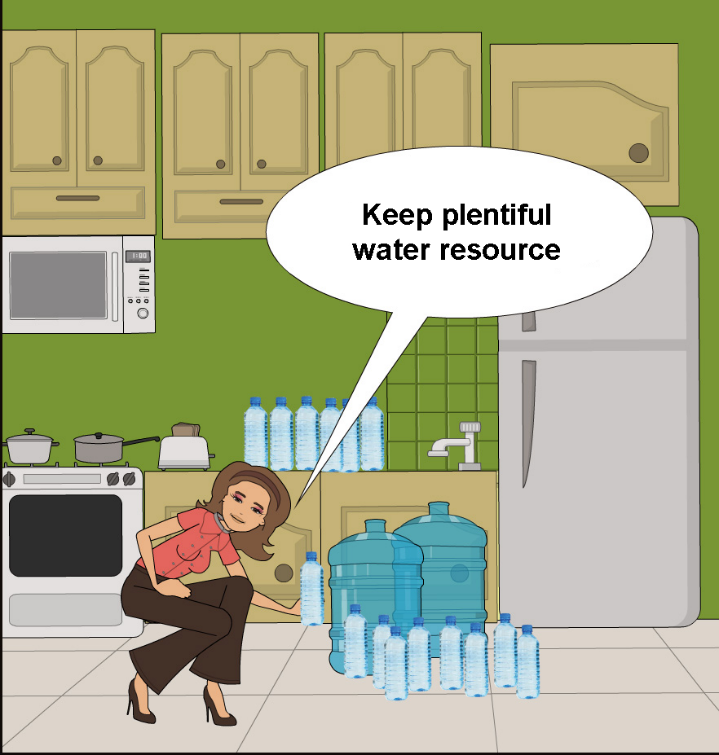
Figure 9. Keep an abundant water reserve. Image from PRSN
| First aid kit | Includes antiseptics, adhesive plasters, alcohol, hydrogen peroxide, gauze, bandage. This is useful for treating any minor injuries or for first aid while the rescue personnel arrive. |
|---|---|
| Medications | It is recommended to include several doses of medicines for daily use. This is particularly important if there are people with conditions such as diabetes, high blood pressure, allergies and depression, among others. |
| Lanterns and radio | It is necessary to have flashlights in case the electricity service is affected. In addition, with a radio you can keep up to date with what is happening, be it alert messages, emergency information updates and/or which areas and traffic routes have been affected. Conveniently, you can get appliances that operate on batteries or with a rotating handle. It is advisable to use a NOAA Radio. This artifact works with a national network of stations that emit continuous information of the weather, directly from the nearest meteorological office. The NOAA radio broadcasts National Weather Service products such as warnings, surveillance, forecasts and other hazard information 24 hours a day. You can also receive information after both natural (earthquake) and technological (chemical or oil spill) events. This radio has more than 900 transmitters which cover the 50 states, Puerto Rico, Virgin Islands and Pacific American territories. The transmission is in the public service band at the following frequencies (MHz): 162,400; 162,425; 162,450; 162,475; 162,500; 162,525; 162,550. |
| Water and food | Consider storing non-perishable food for at least three days, taking into account any special needs (ex. people with diabetes, children, and the elderly) and avoid including foods that can dehydrate (ex. salty foods) or low essential nutrients. Water is an essential element, so be sure to conserve enough water, especially taking into account the members included in the plan (children, pregnant women, etc.), as well as the type of climate in which we live. It is recommended to conserve water so that each person can use one gallon per day for at least three days. You should be prepared for any emergency, so water supplies should be replaced every six months. |
| Small notebook and markers | It is useful to have a notebook and markers (pencil, pens, etc.) in order to write down any instructions provided by rescuers or simply have any information that is of importance |
| Documents | It is important to keep copies of identification documents, such as certificates, passport, social security, license, etc. Also, you can prepare lists that allow easy recognition of people affected by the emergency (with names and surnames of individuals), their special needs (allergies, disabilities, medications used, illnesses), contacts outside the affected area and/or any necessary information. In case of being in a school or work, the documents can have a list with all the names and primordial data of each of the students or employees in each room or work area. |
| Additional materials | Other useful materials in an emergency include tools, cash, extra clothing, some toys (to calm children), whistle, personal hygiene items, extra batteries, masks, pet food (if applicable). On the other hand, you can be a part of the help and rescue processes. Include items such as colored adhesive tape or spray paint (preferably green and red). Its use can facilitate the tasks of search, rescue and first aid. For example, with a red mark somewhere visible on a structure it tells rescuers that there are people inside who have not been aided. In contrast, it can be understood that places marked in green have been checked and no persons are trapped or injured. In this way, it would be helping to streamline rescue processes and prevent officers from entering any compromised structure. |